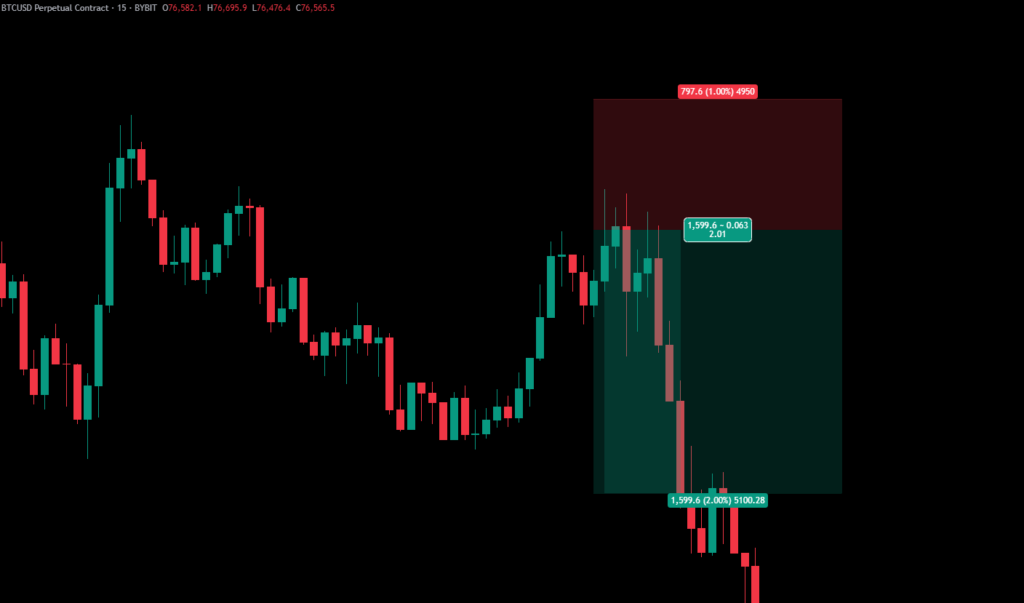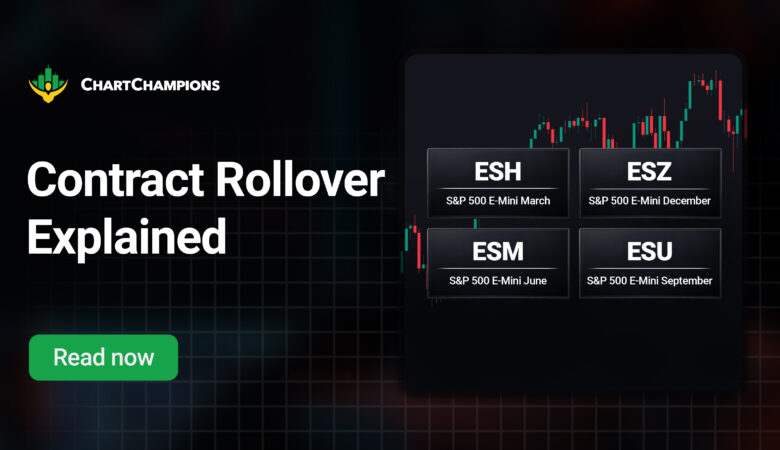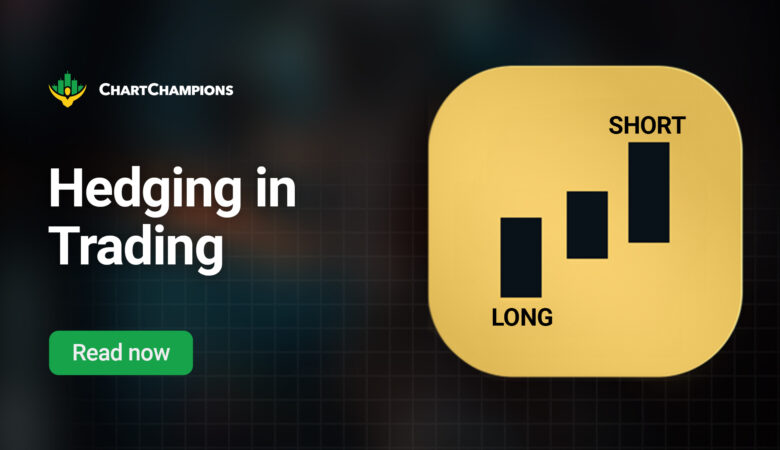When it comes to risk management in trading, most traders focus on finding the perfect setup. Sure, that’s part of the process. But what protects your capital is how you manage your risk. Many traders lose money not because they lack knowledge but because they fail to follow a solid risk strategy. Breaking the rules and letting emotions take over is enough to start losing money in the markets.
A solid plan to manage our risks is essential to staying afloat.
This article will explain how to calculate your position size to build strong risk management, combined with trading psychology. Our approach is about preparing for long-term success through good habits and discipline. Get ready to understand how risk management works in trading with examples.
Risk Management For Trading
Risk management prevents catastrophic losses when a trade fails. Remember: trading is a game of probabilities, not guarantees. This means traders of all levels will experience losses at some point. What separates good traders from bad ones is how they manage risk and handle those losses.
In short, through proper risk management, we build the structure and discipline needed to stay in the game long-term and prevent a single losing trade from wiping out our account.
Controlling losses is more important than focusing only on potential gains. We don’t want to see the glass half full—we want to understand the entire process.
Defining a Risk Management Plan
Let’s use a $10,000 trading account as an example to illustrate this process. A trading strategy is essential because it outlines your trade: the exact entry point, the stop loss, and the take profit. Follow the one that best suits your style.
You can use this example to assess whether your risk strategy matches your personal risk tolerance.
Basic Risk Parameters
Knowing both the basic parameters of your account and the technical details of your strategy is important for defining a solid risk management plan.
Here are the basic risk parameters to keep in mind:
- Account balance: $10,000
- Risk per trade: 1% of the account = $100
General Risk Plan
- Trading Plan: Define your entry, stop loss, and take profit before placing a trade.
- Maximum Risk per Trade: Never risk more than 1% of your account on a single trade (e.g., $100).
- Daily Stop Loss: Limit yourself to a maximum of 3 losing trades per day (i.e., daily risk = $300).
- Use position sizing to ensure that if your stop loss is hit, you only lose that 1%.
How to Calculate Your Position Size
Calculating position size is one of the most important steps in risk management. Many beginners make the mistake of using their entire account balance on each trade, which leads to major losses. Using the correct formula helps prevent you from exceeding your predefined risk, regardless of how wide your stop loss is.

You must know your risk per trade and stop loss percentage (given from your trading plan) to calculate position size. We already know these numbers, so let’s focus on the position size formula:
Position Size = Risk Per Trade ÷ (Stop Loss % ÷ 100)
Position Sizing Example #1
Let’s say we have a setup with a clearly defined entry and exit. The stop loss is 1.8% away from the entry. We know we’re willing to risk $100 (1% of the account).
Position Size = 100 ÷ (1.8 ÷ 100) = $5,555.55
This means we will open a position worth $5,555.55. If the stop loss is triggered, we lose only $100 (1% of the account).
Position Sizing Example #2
Let’s try another example:
- Account Balance: $5,400
- Risk per Trade: 1% = $54
- Stop Loss %: 4%
Position Size = 54 ÷ (4 ÷ 100) = $1,350
You will enter the trade with $1,350. If the trade hits your stop loss, your loss is limited to $54 (1%).
Trading With Leverage
Leverage allows us to increase our capital exposure by a multiple. Some platforms offer up to 100x leverage, but we strongly recommend not exceeding 10x.
When using leverage, divide your position size by your leverage amount:
- 10x leverage (Example 1): $5,555 ÷ 10 = $555
- 5x leverage (Example 2): $1,350 ÷ 5 = $270
If we use 10x leverage and want to risk only USD 100, which represents 1% of our account (Example #1), we will open a position with only USD 555.
Trading Psychology and Discipline
Even seasoned traders make mistakes. But the golden rule of successful trading is knowing your numbers and learning from your mistakes so they’re not repeated. Some techniques help us analyse our stats and stay focused on growth:
- Stick to the plan: Good traders focus on finding the best setups, and once they find them, they wait for the market to come to them.
- Mandatory break: Take a break after three consecutive losing trades.
- Focus on good setups: If you’re going through a losing streak, double down on the setups you already know work—ones that your stats support.
- Trading journal: We’ll say it again and again—keep a journal. It helps you understand your style and identify your winning patterns.
- Visualise before trading: Visualising your trades and reactions to different scenarios is a highly underrated skill. Take time to plan and rehearse mentally.
Conclusion
Good traders don’t necessarily win more. In fact, what makes them good is that they lose less by controlling their losses effectively. Applying this simple position size formula allows you to adapt to various scenarios while keeping risk under control.
Use demo accounts to practise, adjust daily and overall risk according to your personal tolerance. There are no wrong answers, only appropriate risk management strategies for different types of traders.
Don’t let the market take away all your gains. Apply these practical psychology and discipline tips, combine them with strong risk management, and you’ll stay ahead in the long run.


















Leave a Reply